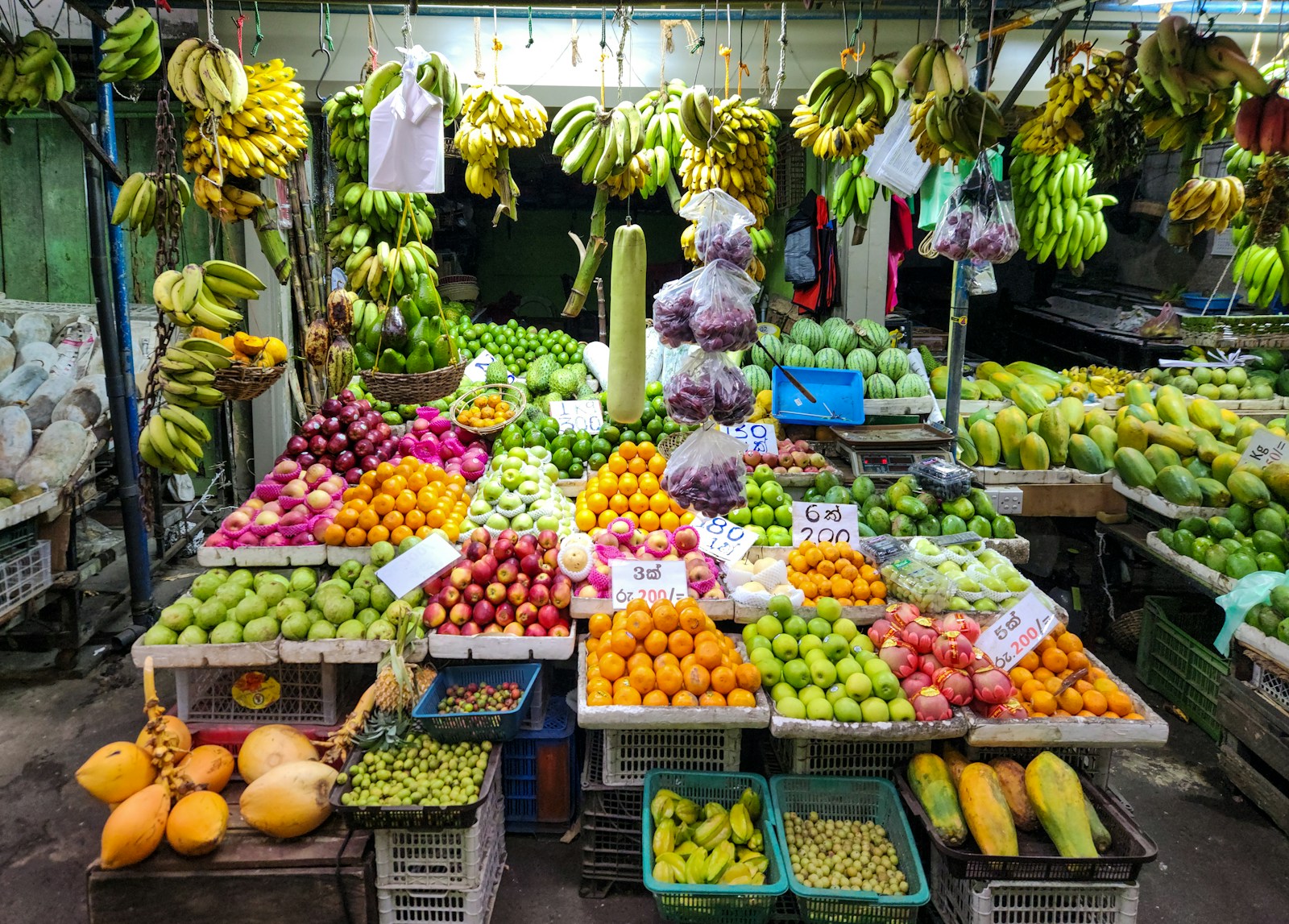Introduction
Manufacturing growth has always been a fundamental driver of global economic development. In recent years, as economies have faced uncertainties, the focus has shifted to how manufacturing can lead recovery and long-term stability. With global challenges such as labor shortages, inflation, and supply chain disruptions, manufacturing faces both obstacles and opportunities. However, analysts predict a steady and sustainable growth trajectory for the sector in 2025. This article delves into five key insights about manufacturing growth, shedding light on the critical trends, challenges, and opportunities shaping the future of manufacturing.
Manufacturing Growth and Technological Advancements
One of the most significant drivers of manufacturing growth is the rapid evolution of technology. From automation and artificial intelligence (AI) to Internet of Things (IoT) systems, technology has radically transformed the manufacturing landscape. In 2025, the adoption of cutting-edge technologies is expected to enhance manufacturing efficiency and output, propelling the sector toward growth.
Automation is one of the key technological advancements reshaping manufacturing. With robotic systems and AI-integrated machinery, manufacturers can automate complex tasks, improving production speeds and precision. These technologies are also reducing labor costs, boosting profitability, and improving product quality. As a result, manufacturers embracing these technological innovations will likely see increased growth and competitive advantages in the global market.
Overcoming Labor Shortages to Support Manufacturing Growth
Labor shortages continue to be a pressing issue for the manufacturing sector, especially in high-skill areas such as engineering, robotics, and data analytics. With technological advancements and evolving market demands, there is a growing need for skilled workers who can operate and maintain the increasingly complex manufacturing systems.
To counteract this challenge, manufacturers are focusing on workforce development and upskilling initiatives. In 2025, companies are expected to invest heavily in training programs to equip workers with the necessary skills to thrive in an automated manufacturing environment. Collaboration with educational institutions and governments will also play a crucial role in addressing the skills gap and supporting long-term manufacturing growth. By investing in human capital, the sector can ensure sustained growth despite labor market constraints.
The Influence of Global Supply Chains on Manufacturing Growth
Global supply chains have always been integral to the success of the manufacturing sector. However, the COVID-19 pandemic and other geopolitical tensions exposed vulnerabilities in these interconnected systems. As we move further into 2025, manufacturers are focusing on building more resilient and localized supply chains to mitigate risks and disruptions.
Supply chain resilience will be a key factor influencing manufacturing growth in the coming years. Manufacturers are increasingly adopting strategies like nearshoring and reshoring, which involve relocating production closer to the end consumer. By doing so, companies can reduce their dependence on international suppliers and minimize the risks associated with long global supply chains. This shift not only improves supply chain reliability but also stimulates manufacturing growth in domestic economies.
The Importance of Sustainability in Manufacturing Growth
Sustainability is another crucial factor driving manufacturing growth in 2025. Consumers and governments alike are demanding more environmentally conscious products and practices. As a result, manufacturers are under increasing pressure to reduce their carbon footprints and adopt greener production methods.
Sustainable manufacturing practices, such as using renewable energy, reducing waste, and incorporating recyclable materials, are becoming standard in the industry. These practices not only help manufacturers meet regulatory requirements but also resonate with eco-conscious consumers, driving demand for sustainably produced goods. By embracing sustainability, manufacturers can unlock new growth opportunities while contributing to environmental preservation.
Government Support and Policies Shaping Manufacturing Growth
Government policies are instrumental in fostering manufacturing growth. Many countries around the world are implementing policies aimed at supporting domestic manufacturing, innovation, and technological adoption. These include tax incentives, subsidies, and investment in infrastructure, all of which can help manufacturers expand their operations and improve productivity.
In 2025, governments are expected to play a more significant role in shaping manufacturing growth. Policies that promote sustainability, innovation, and digital transformation will be particularly impactful. Manufacturers that take advantage of these policies will have the resources and support needed to remain competitive in an increasingly complex global economy. Government collaboration will be essential for manufacturers seeking to navigate challenges and capitalize on new growth opportunities.
FAQs
1. How does manufacturing growth contribute to the economy?
Manufacturing growth is vital for economic health, as it creates jobs, boosts productivity, and drives innovation. It stimulates other sectors like transportation, logistics, and raw materials, contributing to the overall economic well-being.
2. What factors are influencing manufacturing growth in 2025?
Key factors include technological advancements, labor market shifts, supply chain resilience, sustainability initiatives, and government policies. These elements combined are expected to drive manufacturing growth in 2025.
3. What challenges does the manufacturing sector face in 2025?
The main challenges include labor shortages, supply chain disruptions, fluctuating raw material costs, and adapting to new technologies. These factors must be managed effectively to ensure sustained manufacturing growth.
Conclusion
Manufacturing growth remains a vital component of global economic success. As we move into 2025, technological advancements, sustainability, and resilient supply chains will be key factors driving this growth. While challenges such as labor shortages and geopolitical risks persist, manufacturers that embrace innovation, invest in workforce development, and collaborate with governments will thrive in the evolving global market. The future of manufacturing growth is bright, and those who adapt to these changes will undoubtedly lead the way in the years ahead.



